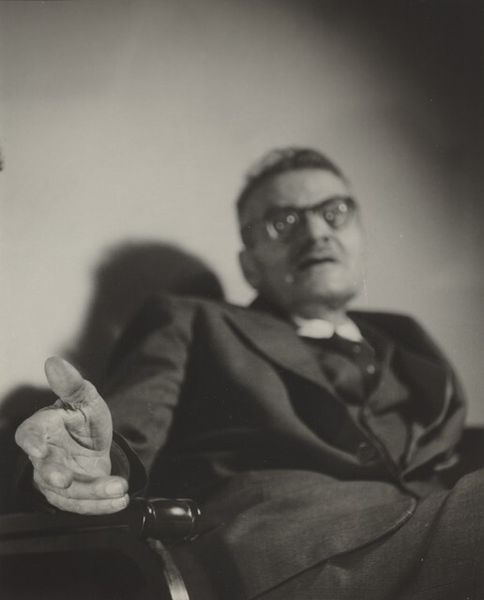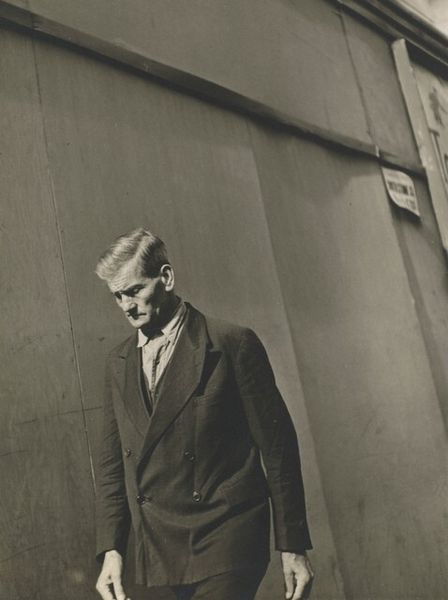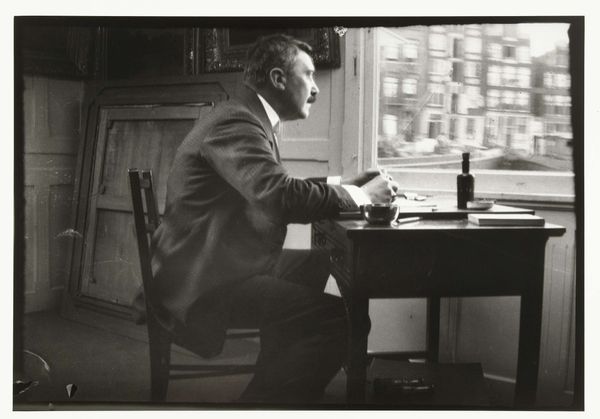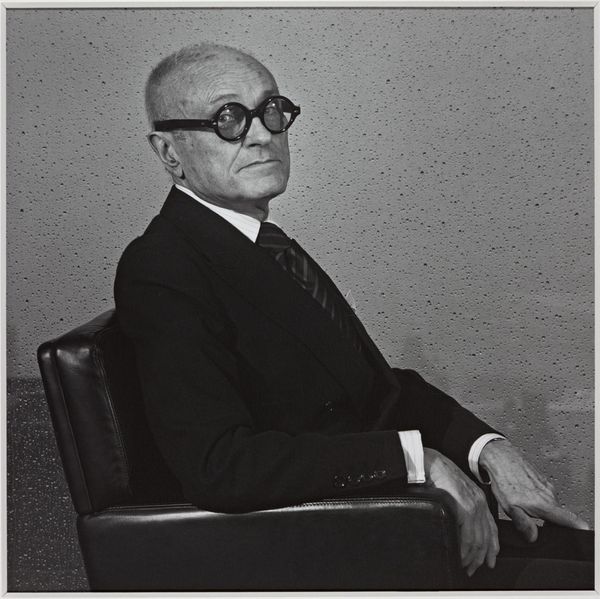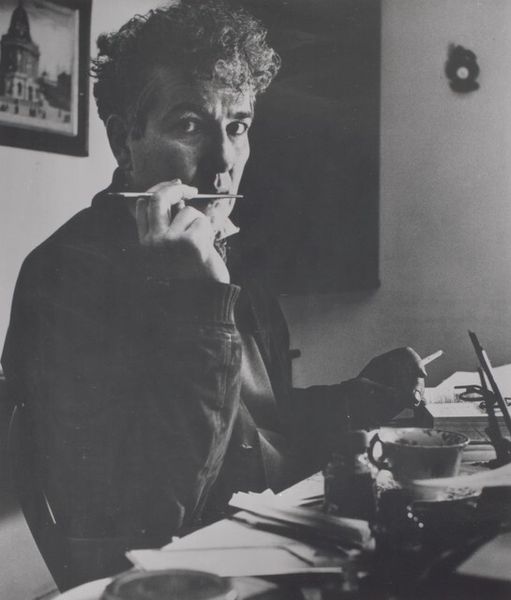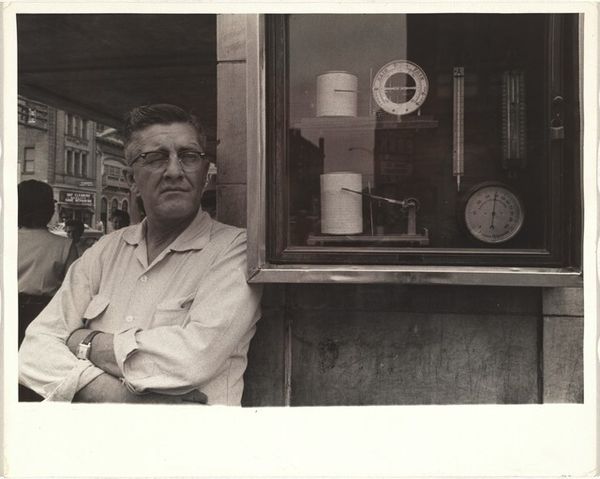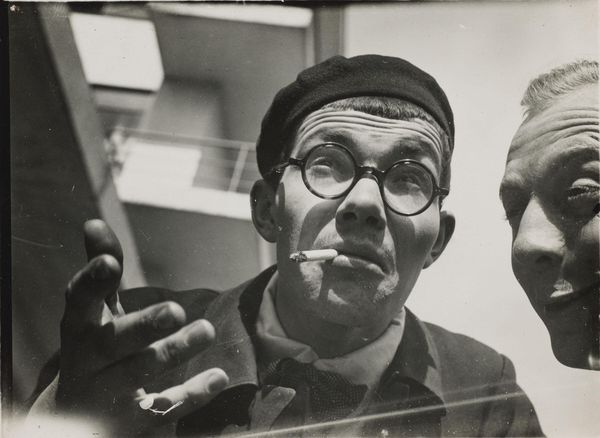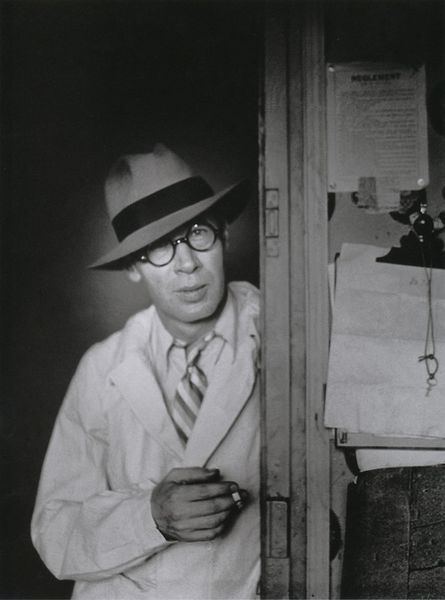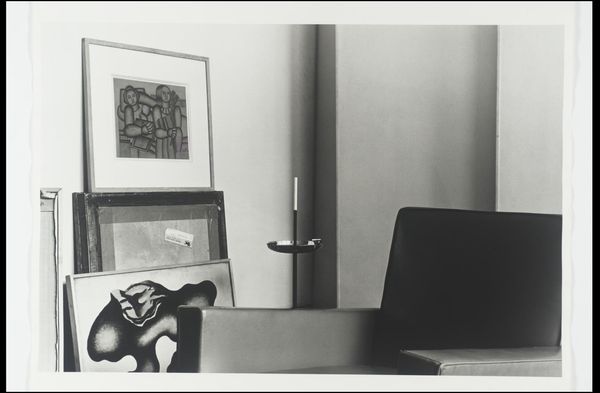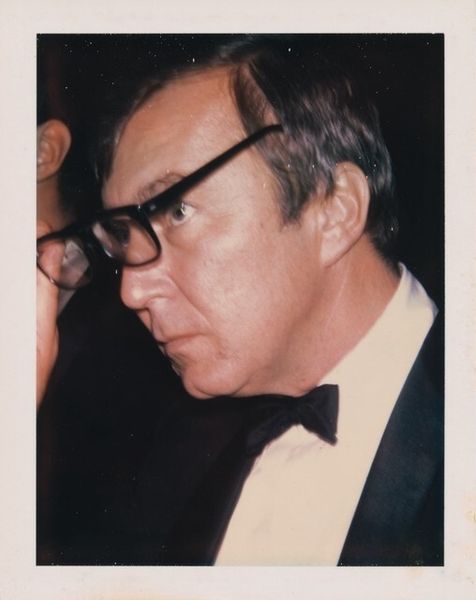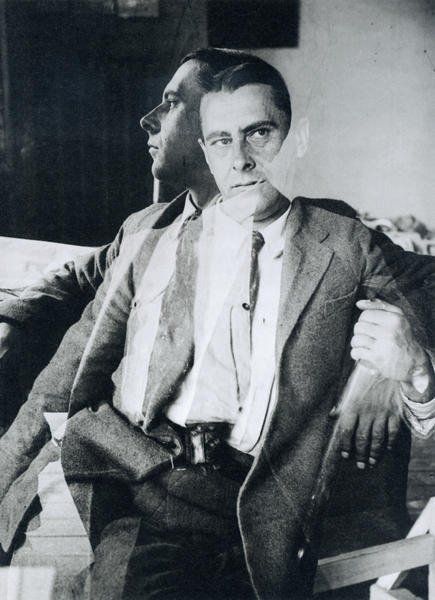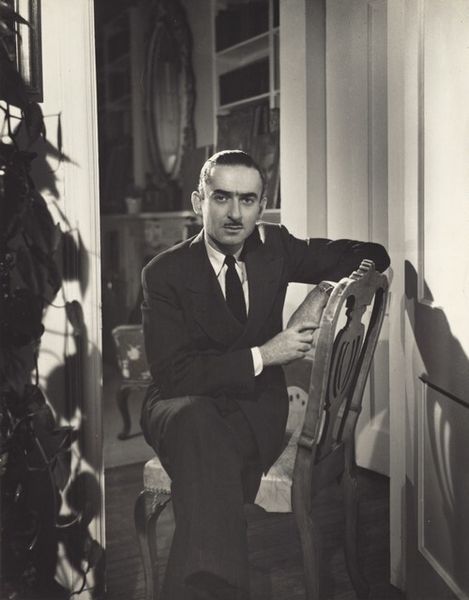
photography
#
portrait
#
self-portrait
#
black and white format
#
photography
#
black and white
#
single portrait
#
genre-painting
#
modernism
Dimensions: image/sheet: 20.32 × 25.4 cm (8 × 10 in.)
Copyright: National Gallery of Art: CC0 1.0
Editor: Here we have Arthur Ellis's black and white photograph, "Truman Capote," circa 1951. It has such a staged, almost performative quality, despite its seeming candidness. What strikes you most about this portrait? Curator: What interests me is the tension between the depicted intellectual and the objects that construct that image. The choice of a modernist painting in the background, for instance. Was that a deliberate prop, to showcase an understanding of contemporary art trends for a specific consuming audience? Or look at the cocktail glass he's holding—what sort of aspirational lifestyle is being constructed here, and who is meant to aspire to it? Editor: That’s fascinating. I hadn’t really thought about the…the *stuff* in the photograph contributing to this carefully constructed identity. Curator: Exactly. And consider photography itself as a medium. Here it becomes a tool for creating a persona. It's no accident this is a *portrait* of Truman Capote – he was incredibly image conscious. We can explore the means of production. Was it commercially produced, printed on mass, destined for celebrity magazines and the consumption of a burgeoning middle class? These are important considerations for situating and interpreting the work. Editor: So it's not just *who* is in the portrait but the conscious decisions about what surrounds the sitter? It feels so intentional now. Curator: Precisely. We should consider what material realities contributed to creating the illusion of a sophisticated lifestyle? Who benefits from these constructs and narratives? Editor: I'll definitely look at portraits differently going forward. Thanks for that fresh perspective! Curator: My pleasure. There are always more layers to uncover!
Comments
No comments
Be the first to comment and join the conversation on the ultimate creative platform.
